Lepakshi, situated in the southern state of Andhra Pradesh, India, stands as a testament to the rich cultural and architectural heritage of the region. This small village is renowned for its historic significance, stunning temples, and intricate sculptures that narrate tales of a bygone era. Let’s delve into the captivating history, architectural marvels, and essential details of this extraordinary destination.
Lepakshi stands as a timeless testament to Andhra Pradesh’s rich cultural heritage and architectural brilliance.
With its awe-inspiring temples, captivating sculptures, and intriguing history, Lepakshi promises an enriching experience for history enthusiasts, spiritual seekers, and curious travelers alike. A visit to Lepakshi is not just a journey through time but also an opportunity to witness the enduring legacy of India’s glorious past.
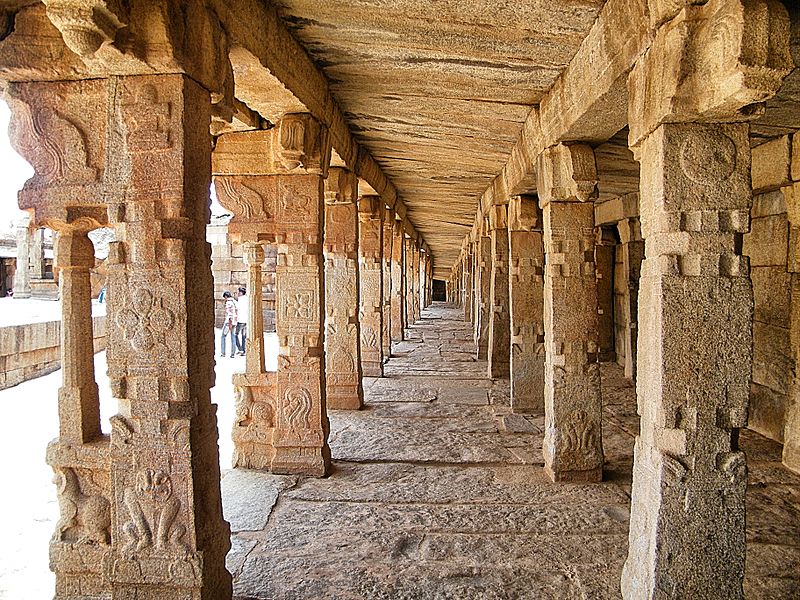
Historical Background: Lepakshi’s history dates back to the 16th century during the Vijayanagara Empire’s zenith. It was established around the time of King Achyutaraya’s reign, one of the prominent rulers of the Vijayanagara dynasty.
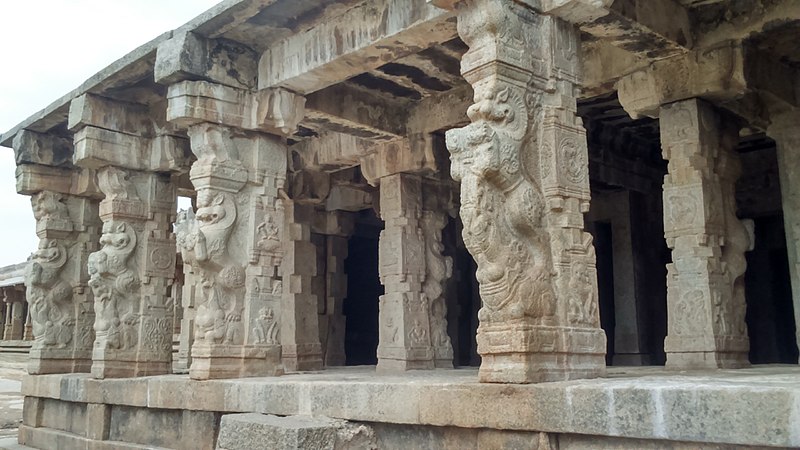
The name “Lepakshi” is derived from the Telugu words “lepak” meaning “arise” and “shi” meaning “lingam,” symbolizing the legendary story associated with the village.
Founders and Patrons: The magnificent architectural marvels of Lepakshi are attributed to the vision and patronage of two brothers, Viranna and Virupanna, who were royal treasurers in the Vijayanagara court.
Their devotion and dedication to Lord Veerabhadra, a fierce incarnation of Lord Shiva, led to the construction of the iconic Veerabhadra Temple, the centerpiece of Lepakshi’s heritage.
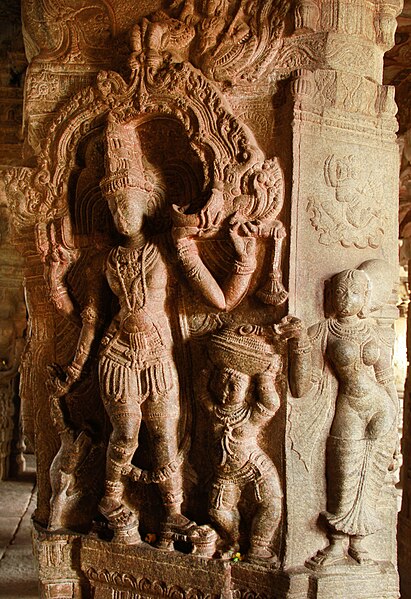
Veerabhadra Temple: The Veerabhadra Temple, also called Lepakshi Temple, is the crown jewel of Lepakshi’s architectural splendor. Built in the Vijayanagara style, the temple is adorned with intricate carvings, ornate pillars, and mesmerizing sculptures depicting scenes from Hindu mythology. One of the most famous attractions within the temple complex is the colossal statue of Nandi, Lord Shiva’s sacred bull, carved out of a single granite rock.
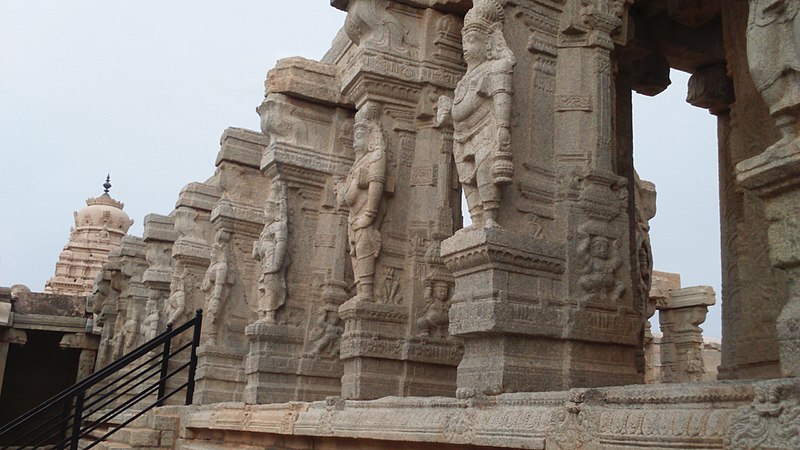
Temples and Structures: Apart from the Veerabhadra Temple, Lepakshi boasts several other notable structures, including the monolithic Nagalinga, a towering 7-headed serpent carved out of a single stone, and the intricately designed Kalyana Mandapa (marriage hall) renowned for its exquisite carvings.
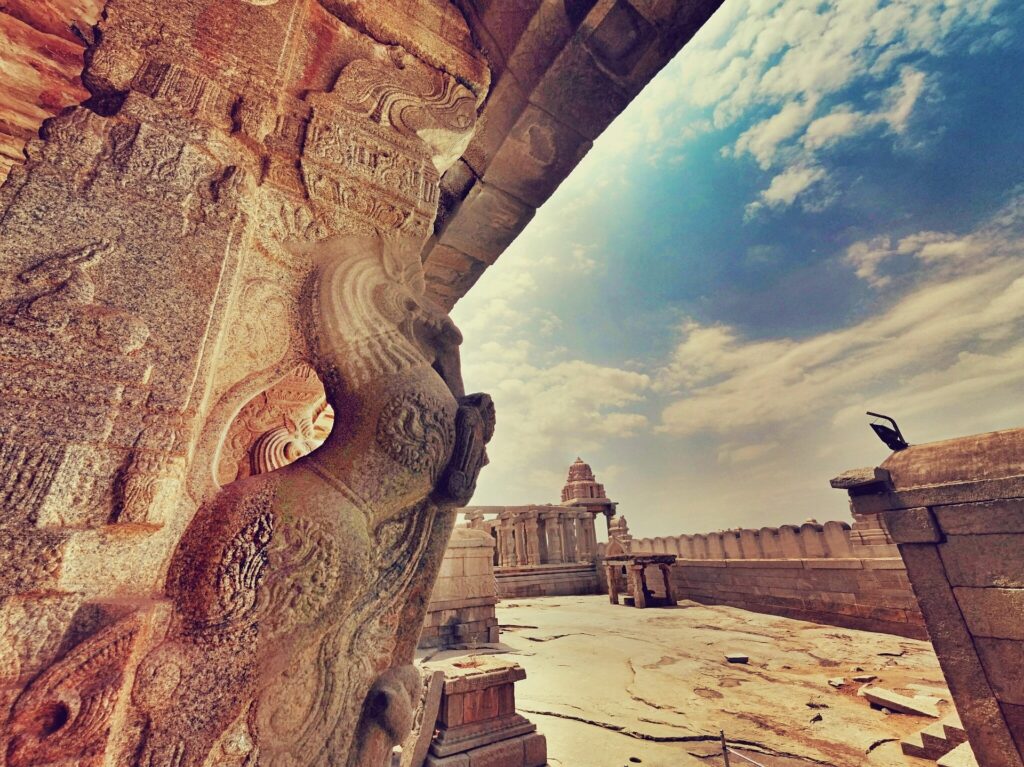
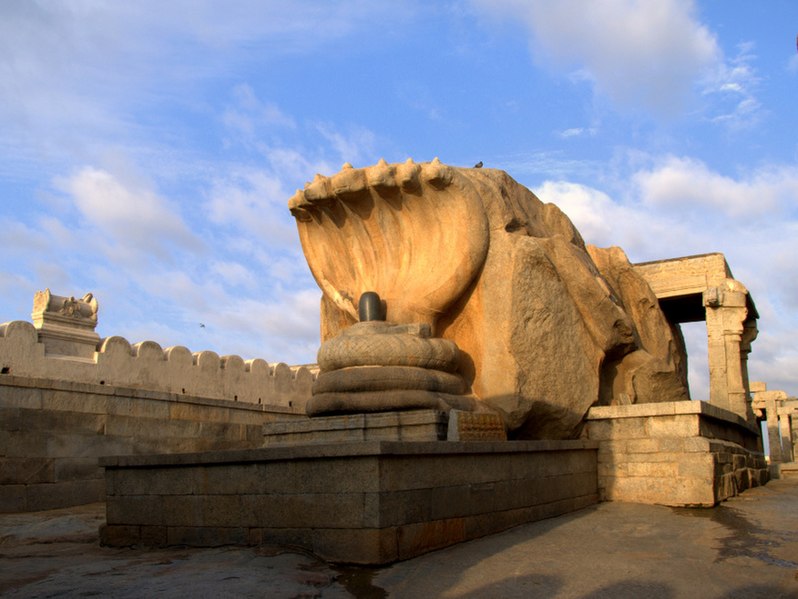
Journey to Lepakshi: Lepakshi is conveniently located approximately 120 kilometers north of Bangalore, Karnataka’s capital city. Travelers can reach Lepakshi via road, with buses and taxis readily available from nearby towns and cities. The nearest railway station is Hindupur, located around 15 kilometers away from Lepakshi. Also check Kondapalli Fort.
Best Time to Visit: The ideal time to explore Lepakshi is during the winter months, from October to February, when the weather is pleasant and conducive to sightseeing. Summers, particularly from March to June, can be scorching, making outdoor activities uncomfortable. Monsoons, from July to September, bring heavy rainfall, which may hinder travel plans. The Lepakshi Temple timings may vary, so it’s always a good idea to double-check before planning your visit.
Nearby Attractions: While in Lepakshi, visitors can explore Lepakshi Handi Craft Emporium, nearby attractions such as the Nandi Hills, a scenic hill fortress offering breathtaking views of the surrounding landscape, and the historic town of Anantapur, known for its ancient temples and architectural wonders.
Accommodation Options: Lepakshi offers limited accommodation options, primarily consisting of budget guesthouses and lodges catering to travelers’ basic needs. Alternatively, visitors can choose to stay in nearby towns such as Hindupur or Anantapur, which offer a wider range of hotels and guesthouses to suit varying preferences and budgets.



